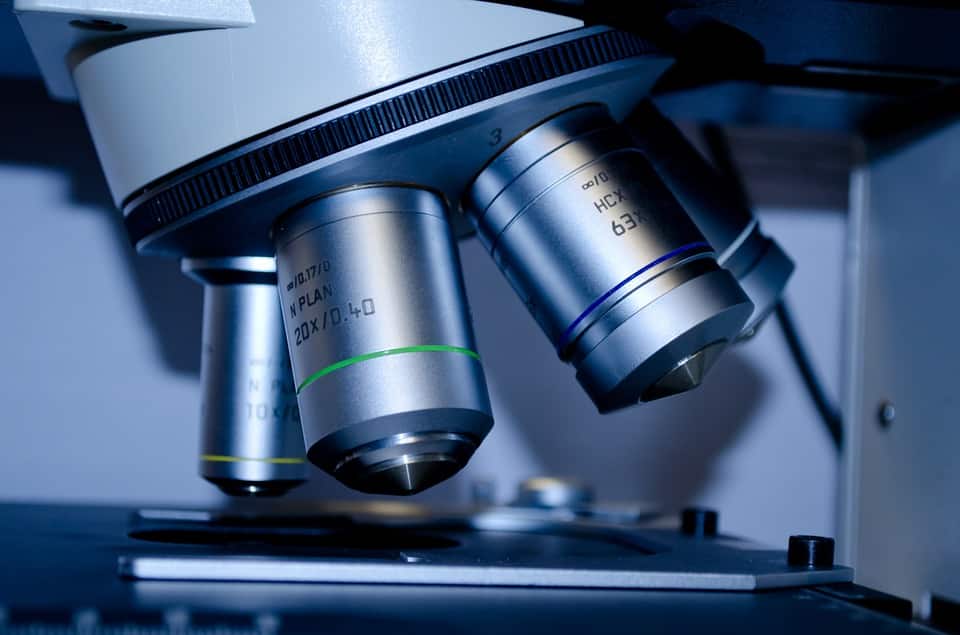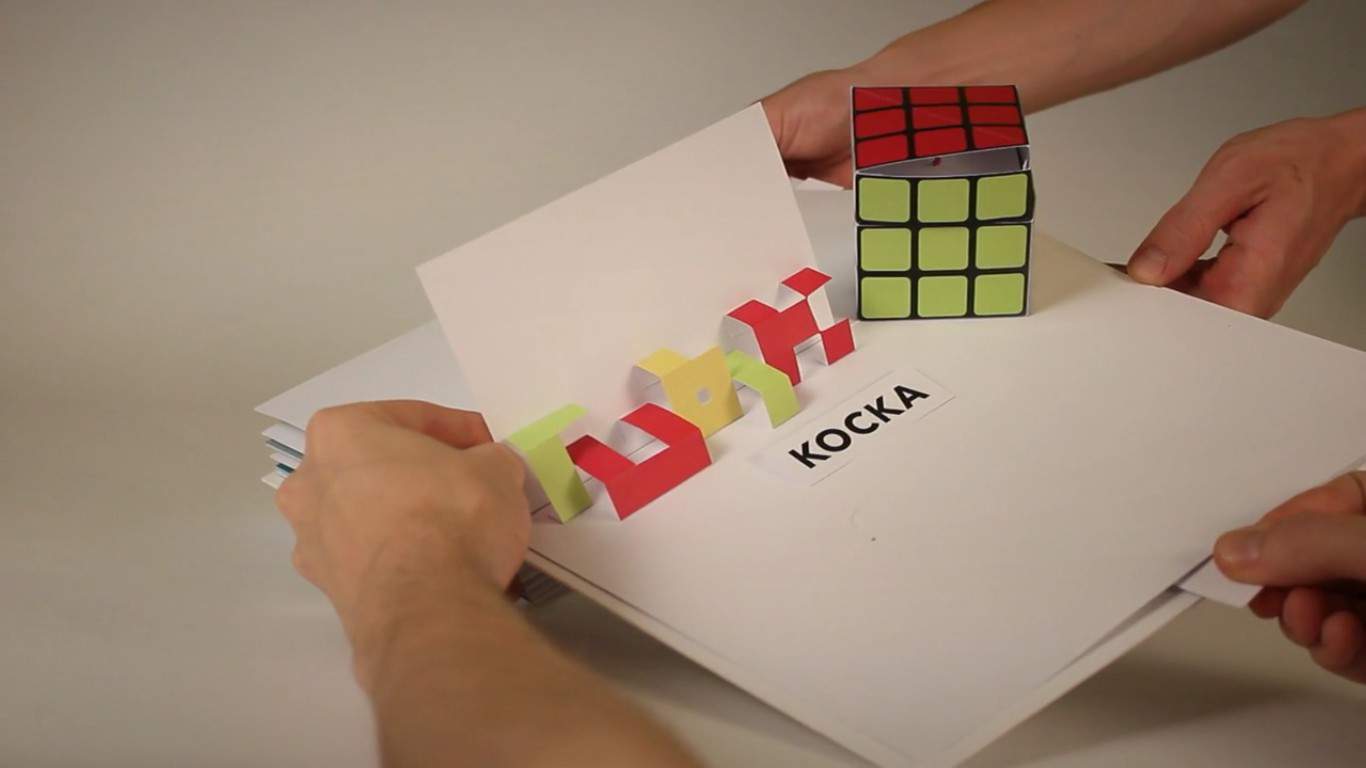One of the greatest Hungarian scientists, Loránd Eötvös was born 172 years ago
Hungary has given many great people to the world. Scientists, thinkers, inventors and doctors alike. Throughout the years many achieved great things either by inventing something to make our lives simply easier, like the ballpoint pen by László Bíró or the telephone exchange by Tivadar Puskás, some made it safer for doctors to practice medicine, such as Ignác Semmelweis and other revolutionised the world, such as Oszkár Asbóth or Ede Teller, without whom the world would not be where it is today.
Today we celebrate the birthday of a person of similar magnitude. Today, on the 27th of July, we celebrate the 172nd anniversary of the birth of ‘vásárosnaményi báró Eötvös Loránd Ágoston’, Baron Loránd Eötvös de Vásárosnamény in English, or Baron Roland von Eötvös, as he was commonly referred to in English Literature. He was a physicist, politician, university professor, academic and mountaineer. His scientific successes have contributed significantly to how we live today, and one of the most successful universities of Hungary bears his name. Eötvös Lóránd University is even recognised among the international elite universities.

Early life
He was born in Buda in 1848, the year of the Hungarian revolution – which could be viewed as a sign that he would be destined to achieve great things. Eötvös was the son of the Baron József Eötvös de Vásárosnamény, a well-known poet, writer, politician, and Minister of Religion and Public Education. His father also played an important part in the Hungarian political and intellectual life of the 19th century. His mother was the Hungarian noble lady Ágnes Rosty de Barkócz.
He studied in the Piarist High School and graduated in 1865. He continued his studies in Budapest in both law and natural sciences, under many great scientists in the fields of chemistry, geology, and mathematics.

Read alsoStroke medication developed by Hungarian research group is in clinical trial phase
Studies and achievements
As it would seem evident, he preferred natural sciences and chose to pursue natural sciences and went to the University of Heidelberg in 1868. This was the very best where one could learn natural sciences at that time, and fortunately for Eötvös, three very famous scientific figures have been teaching him; Gustav Robert Kirchhoff, German physicist, Hermann Ludwig von Helmholtz, German physicist and physician and Robert Wilhelm Bunsen, German chemist. He also studied at Königsberg for a semester.
He finished his doctorate with a summa cum laude acknowledgement in 1870.
In 1871, after his return to Hungary, he wanted to be a private tutor at the university that bears his name since 1950. The peculiarity of it was that his application was assessed by Ányos Jedlik, the inventor of the dynamo and great physicist, among others. In 1875, he received his own laboratory, where he could conduct his experiments.
A few years later, after Ányos Jedlik’s retire, he became the head of the department of experimental physics when he was only 30.
In 1873, he received a correspondent member of the Hungarian Academy of Sciences and ten years later became a full-time member, but only a few years later, he held the title of President between 1889 and 1905.
This is not everything, but we need to reserve some space for his revolutionary achievements. He also held many positions outside sciences; he established a scientific association and started a magazine, was the president of the Hungarian Tourist Association, and he loved to climb mountains. One of the peaks – a 2837 metres high – in South Tirol was named after him.

Read alsoHungarian team ranked ahead NASA’s contestants in an international robotics competition
Scientific achievements
He played a leading part in the field of sciences in Hungary for almost 50 years but had a significant impact on international research as well. He was first recognised internationally for his work and experimenting with capillarity, which is the phenomenon when liquid flows in narrow spaces without the assistance of external forces, or even seemingly acting against opposing forces, such as gravity. You can see this effect every day, as this is the reason why tissue paper can absorb water so well. Interestingly, the first paper of Albert Einstein was also on capillarity.
Lóránd Eötvös also studied the surface tension, and he achieved quite a few things in his own laboratory. He was so successful with his research that
he was able to develop a new method for determining surface tension.
This method is the ‘Eötvös rule’ named after him, which was later used and improved upon by other scientists.

Read alsoOutstanding Hungarian inventions – An unusual video on Hungarian excellence
In the 1880s he was fascinated by gravity and mass movement, so he started experimenting in his laboratory. In order to be able to measure the spatial change of the gravitational forces, he created a new type of torsion balance. He modified the balance made by Cavendish in order to suit his needs better. He changed it in two different ways, the first of which is the curvature variometer, and the second one is the horizontal variometer. This device could not only detect the direction of the force of gravity, but it could measure the change in the force of gravity’s extent in the horizontal plane, which meant that
it was able to determine the distribution of masses in the Earth’s crust.
The Eötvös torsion balance soon became an important instrument of geodesy and geophysics throughout the whole world. For many years it was used for mine exploration, searching for minerals, oil, coal and different types of ores.

Among many other sites, the vast oilfields of Texas were discovered using this device.
There was also another important use for this device. With the help of his invention, the Eötvös torsion balance, the Hungarian scientist was able to prove the equivalence of the inertial mass and the gravitational mass accurately quite accurately. Lóránd experimented with this as early as 1890 and in 1909, he and two other scientists have won a prize for their discovery in Göttingen.
This is a very important step as this equivalence is the basis of Albert Einstein’s relativity.
Einstein, not aware of Lóránd’s measurements that proved this equivalence, stated it instinctively, only after Wilhelm Wien pointed out in 1912 that Lóránd Eötvös was able to prove it with measurements, was when Einstein referred to Lóránd’s findings in 1913.
If you thought that this was everything he achieved, you are wrong. There is a unit named after him: ‘Eotvos’ (E) which is the unit of the gravitational gradient of the Earth. Well, there is also the ‘Eötvös effect’, which is the change in perceived gravitational force caused by the change in centrifugal acceleration resulting from eastbound or westbound velocity. There is the ‘Eötvös number’, which is a dimensionless number measuring the importance of gravitational forces compared to surface tension forces and is used to characterise the shape of bubbles or drops moving in a surrounding fluid. Last but not least, there is also a mineral named after him: ‘Lórándite’. It is a thallium arsenic sulfosalt. It was first discovered in the Allchar deposit, near Kavadarci, Macedonia in 1894.

So on the 27th of July, please think about Hungary and Lóránd Eötvös, who helped develop a device to be able to find the oil fields that are now used to make fuel, medicine, plastic products and a million other things that make our lives easier.

Read alsoGreat Hungarian inventions – QUIZ
Source: Rubicon.hu, Wikipedia, Daily News Hungary
please make a donation here
Hot news
What happened today in Hungary? — 24 April, 2024
Hungarian minister Nagy: Brussels keeps the agriculture crisis going
Primark to open its first store in Hungary soon!
Orbán promises everyone profession and decent pay
Wolt in Hungary exposed: Is the food delivery sector really filled with guest workers?
Ruling Fidesz is afraid of a migration wave towards Europe


